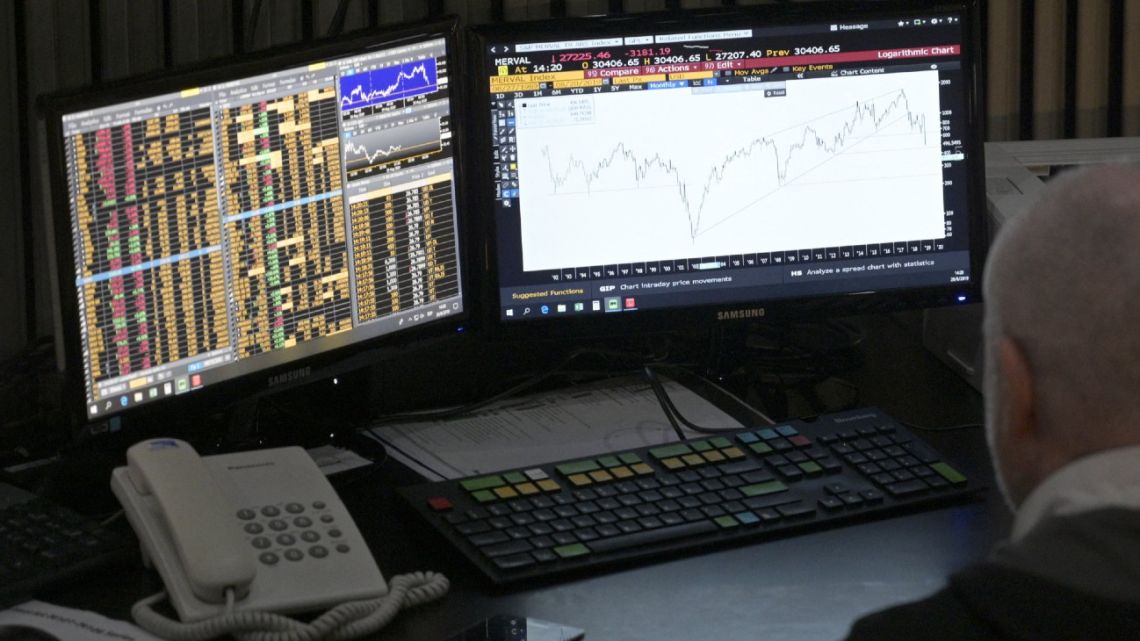Brazil’s crude steel production fell 1.6% to 2.720 million tonnes in February 2025 compared to the same month last year, according to data released by Instituto Aço Brasil last Friday.
The drop contrasts with positive domestic market indicators and highlights the complex challenges facing Brazil’s steel sector. Domestic sales grew 8.1% to reach 1.678 million tonnes in February.
Apparent consumption showed even stronger performance with a 10.9% increase, totaling 2.136 million tonnes. These figures reflect growing demand from construction and automotive sectors, which have begun to rebound after a period of stagnation.
The production of rolled steel products increased by 0.8% to 1.878 million tonnes. However, semi-finished products for sales experienced a steep 18.4% decline to 620,000 tonnes.
Brazil’s export volumes surged 29.3% to 892,000 tonnes, valued at approximately $678 million. Brazil remains the ninth largest crude steel producer globally. The country faces mounting external pressures that threaten its position in international markets.
 Brazil’s Steel Output Slips While Domestic Market Thrives Amid Global Challenges. (Photo Internet reproduction)
Brazil’s Steel Output Slips While Domestic Market Thrives Amid Global Challenges. (Photo Internet reproduction)Brazil’s Steel Industry
Recent 25% tariffs imposed by the United States on all imported steel could significantly impact Brazilian exports. The Institute for Applied Economic Research (IPEA) estimates these tariffs could cost Brazil $1.5 billion in lost steel exports.
Production might drop by approximately 700,000 tonnes in 2025 as a direct consequence of these trade measures. Brazil exported 3.4 million tonnes of steel to the US in 2024, representing 60.7% of American steel plate imports.
Chinese steel imports present another major challenge for domestic producers. The protective quota and tariff system implemented in June 2024 will expire in May, creating uncertainty for the second half of 2025.
Industry leaders worry about increasing Asian imports flooding the market just as economic forecasts predict a domestic slowdown. The Steel Industry Confidence Index continues its downward trend, falling to 32.3 points in March.
This marks the fifth consecutive monthly decline and sits well below the historical average of 53 points, reflecting growing pessimism among industry executives about future market conditions.

 By The Rio Times | Created at 2025-03-24 08:32:47 | Updated at 2025-04-05 01:37:18
1 week ago
By The Rio Times | Created at 2025-03-24 08:32:47 | Updated at 2025-04-05 01:37:18
1 week ago








